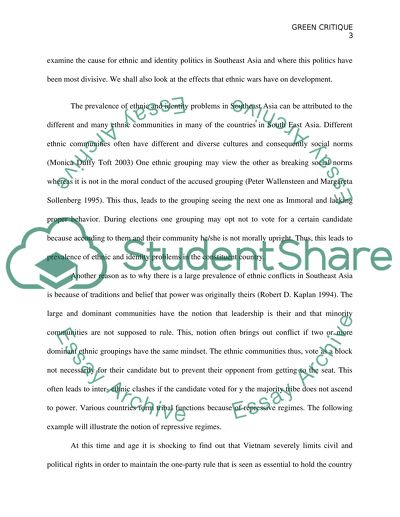Cite this document
(“Sociology: Green Critique Research Paper Example | Topics and Well Written Essays - 2250 words”, n.d.)
Retrieved from https://studentshare.org/sociology/1436379-green-critique
Retrieved from https://studentshare.org/sociology/1436379-green-critique
(Sociology: Green Critique Research Paper Example | Topics and Well Written Essays - 2250 Words)
https://studentshare.org/sociology/1436379-green-critique.
https://studentshare.org/sociology/1436379-green-critique.
“Sociology: Green Critique Research Paper Example | Topics and Well Written Essays - 2250 Words”, n.d. https://studentshare.org/sociology/1436379-green-critique.


